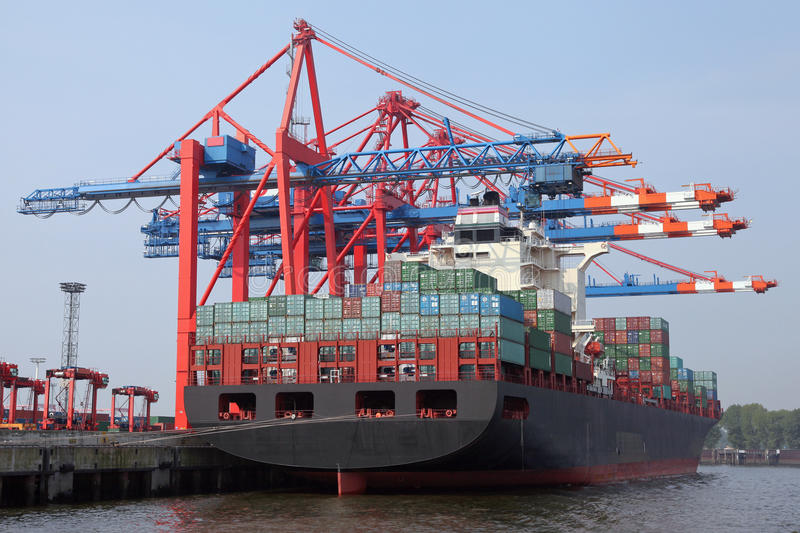Time:2020-06-29
Last month, COSCO Shipping Holding Co., Ltd., Asia's largest shipping company, said it would pay more than $6 billion for OOCL container line, a rival with the largest ships.
Denmark's Maersk is taking over its German rival and touting the advantage of its giant ships, one of which can carry about 180m iPads. According to Alphaliner, a French shipping consultancy, the data show that big shipping companies have more pricing power than manufacturers and retailers such as Wal-Mart stores Inc. and Target. Five container lines control about 60% of the global market. Shipping business is growing faster, with freight indexes on major Asian routes 22 percent higher than a year ago.
"At the moment, only top players with large ships are allowed to participate in the container shipping industry," says Corrine Png, chief executive of Crucial Perspective, a singapore-based transport research group. She expects the concentration of the market to increase shippers' pricing and bargaining power.
In the financial crisis of 2008, the collapse of Lehman brothers roiled the financial system. Last August, Hanjin's business collapsed in much the same way. Hanjin was one of the world's largest shipping companies at the time, but faced a cash squeeze as supply far outstripped market demand, undermining operators' pricing power and profits. A south Korean court declared hanjin bankrupt in February and it is now in liquidation.

"Shipping quality is more important since hanjin's decline, "says Um kyung-a, an analyst at Shinyoung Securities Co. in Seoul. This explains the tendency of the market to be dominated by top players with large ships, while companies without the advantages of large ships tend to be eliminated.
The wider use of large ships is key to the market shift. Um says companies with large ships can make more money by carrying more goods on one-way trips with fewer ships. She estimates that there are now some 58 major shipping lines in the world capable of carrying more than 18,000 containers. The number is expected to double in two years, and about half of the new ships will be added by the largest companies.
The market recovered and demand grew
Although growth slowed last year, the excess supply has not disappeared completely. The reason is that new entrants are expanding and old ships are still there. According to Crucial Perspective, container shipping capacity will grow by 3.4 percent this year and 3.6 percent in 2018.
Even so, demand appears to be recovering. After reporting a loss in 2016, the company's business showed signs of growth. Maersk, which owns the world's largest container shipping business, said in May that it had seen strong demand at the end of the first quarter.
Cosco said earlier this month that market conditions had improved and that it expected first-half profits of about 1.85 billion CNY ($276 million US Dollar).
"We expect global demand growth to exceed supply growth from 2017 to 2019," said Andrew Lee, an analyst at Jefferies in Hong Kong, in a report last month.
During the holiday season, rates rise
Earlier this year, Maersk, South Korea's Hyundai Merchant Marine Co., and other shipping lines agreed with their customers to increase the annual growth rate of shipments from Asia to U.S. retailers (Wal-Mart, target, etc.) starting in May. U.S. retailers typically increase inventories in the third quarter before the year-end holiday season begins. Lee said rates will rise further as the peak season for container shipping begins.
Brian Yarbrough, an analyst at us financial services firm Edward Jones, said: "higher container costs are clearly a barrier to business and retailers have three options:
One is to shift costs to customers; Second, to offset the internal influence of the organization with efficiency; Third, it was announced that gross profit was under pressure due to high freight charges.
Shipping company industry news
In 2015, COSCO group and China shipping group announced a merger to create Asia's largest container shipping company.
In 2016, France's CMA-CGM bought Singapore's Neptune Orient Lines.Maersk has agreed to buy Hamburg Süd and three Japanese shipping companies in a bid to bolster its container shipping business.
In 2017, Germany's Hapag-Lloyd AG completed its acquisition of the united Arab national shipping company (UASC).
COSCO shipping acquired Hong Kong's OOCL container line.
Previous:Already the first
Next:This is the last one